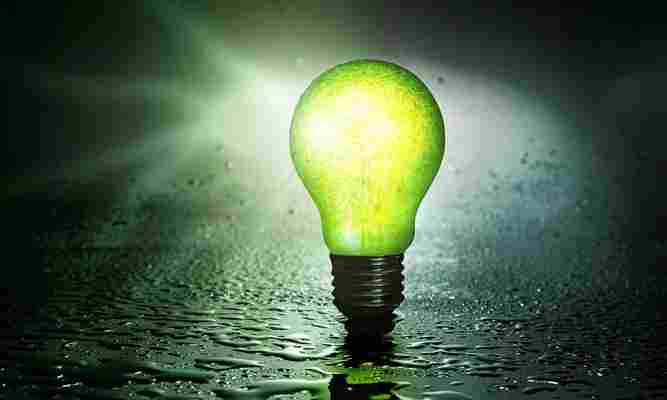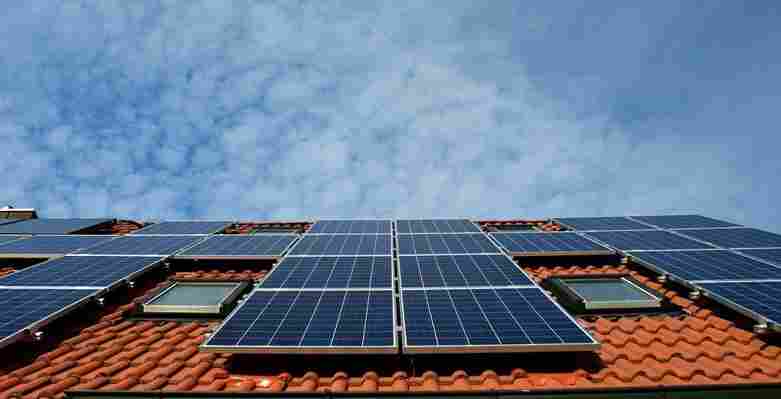

Thanks to major advances in both selection and performance, homeowners who are interested in making their homes more energy-efficient (EE) have a wide variety of products and methods they can incorporate into their renovation projects. A remodel provides the perfect opportunity to make green updates, since areas of the home are likely already cleared of furniture, studs, wiring, and pipes may become exposed, and the contractor is already there to work.
Here’s what you need to know about energy-efficient updates that an experienced builder like Legal Eagle Contractors can execute for you to help you save money on your utility bills and support the environment in the process…
Start with a Home Energy Audit
Before your contractor starts ripping out sheetrock, it’s best to have a gameplan in mind for making strategic energy-efficient upgrades. A certified assessor can conduct an energy audit and give you a rating on your current energy usage, as well as make practical suggestions for improving efficiency. The Department of Energy’s online tool can help you find an assessor in your area.
Common Energy Efficiency Upgrades
Solar panels

Doing roofing work or adding onto your home? Then you might consider incorporating the gold standard for energy efficiency: solar panels, or even solar shingles, the newest entrant to the photovoltaic products industry. Some roofs aren’t big enough or angled properly to make a solar installation worthwhile, but if you’re renovating, you may be able to design the roof to get the perfect orientation for your panels to capture the most sunrays and maximize their output.
Plumbing
A tankless water heater saves water by providing instant hot water, eliminating the need to run water to warm it up and the energy to keep hot water on standby in the tank. Installation is fairly complex, requiring re-routing piping, electrical wiring, and connecting to a gas line (for gas models). That’s why a bathroom remodel makes a perfect time to switch from a storage tank heater.
In addition, if your pipes are going to be exposed during the remodel, insulating them will reduce heat loss as the water travels from the water heater and provide additional water and energy savings. New eco-friendly taps, showerheads, and toilets can also cut down on your water usage, as well.
Appliances
Speaking of water heaters, renovations make great times to switch to newer appliances such as washers, dryers, refrigerators, and dishwashers. Energy Star-certified products can save as much as 50% of the energy of non-certified appliances. In the store, look for the Energy Star sticker, which will tell you the operating cost of the appliance, to get an idea of exactly how much you could save.
Air sealing and insulation
One of the major ways to improve energy-efficiency in the home while remodeling is to focus on air entering and escaping the home. Caulking and weather stripping spots of air leakage needs to happen before adding insulation in walls, windows, doors, or the attic, because it may need to go on top of any areas that need sealing. A radiant barrier is another attic upgrade that helps block heat from entering through the roof, reducing the strain on your air conditioner.
Bonus: Watch as we apply caulk to exterior windows
HVAC and smart thermostats
With your home properly sealed up, you can also take advantage of a remodel to move in a new air conditioning system and/or furnace that’s high-efficiency. These systems have variable speed motors that optimize airflow while better controlling humidity. Pair the new system with a smart thermostat such as Nest that automatically adjusts the temperature in your home based on your schedule to not waste energy when you’re away.
Windows
When you’re adding or replacing windows, you can boost their energy-saving abilities by installing windows with features to keep heat out in summer and in during winter. These include double or even triple panes, high-quality frames of vinyl, fiberglass, or wood, low-e glass coatings, gas injections between panes, and pane spacers. Intelligently located, large windows and skylights can also be used to light rooms such as the kitchen and remove the need for turning on the lights during the daytime.
Lighting
Xenon lights may be tempting to use in a kitchen remodel for under-cabinet lighting, for example, but LEDs are more energy-efficient. Compared with incandescents, LEDs use up to 90% less energy. Look for bulbs with a color temperature of around 3000k for the best results.
Frequently Asked Questions
Are green upgrades easy to add or do they require extra work?
In many cases, making an upgrade energy-efficient requires no more work than it would to do it the conventional way. Often the only difference is the choice of materials.
Do energy-efficient upgrades cost extra?
Energy-efficient products can cost more, but they can also cost less, if not up front, then over its lifetime. Although an undertaking like installing solar panels runs in the thousands of dollars, energy-efficient products also include such budget-friendly items as weather stripping and caulk.
How much will they save long-term?
Making a blanket assessment of savings is difficult, if not impossible, but let’s take a look at some of the cost and savings estimates with different upgrades:
Remodeling Resources - Learn the Essentials
Get Started Today!
If you live in the Southwest Houston area and you’re interested in combining a new build or renovation with greater energy-efficiency, give us a call or schedule a free consultation.
SCHEDULE free consultation
